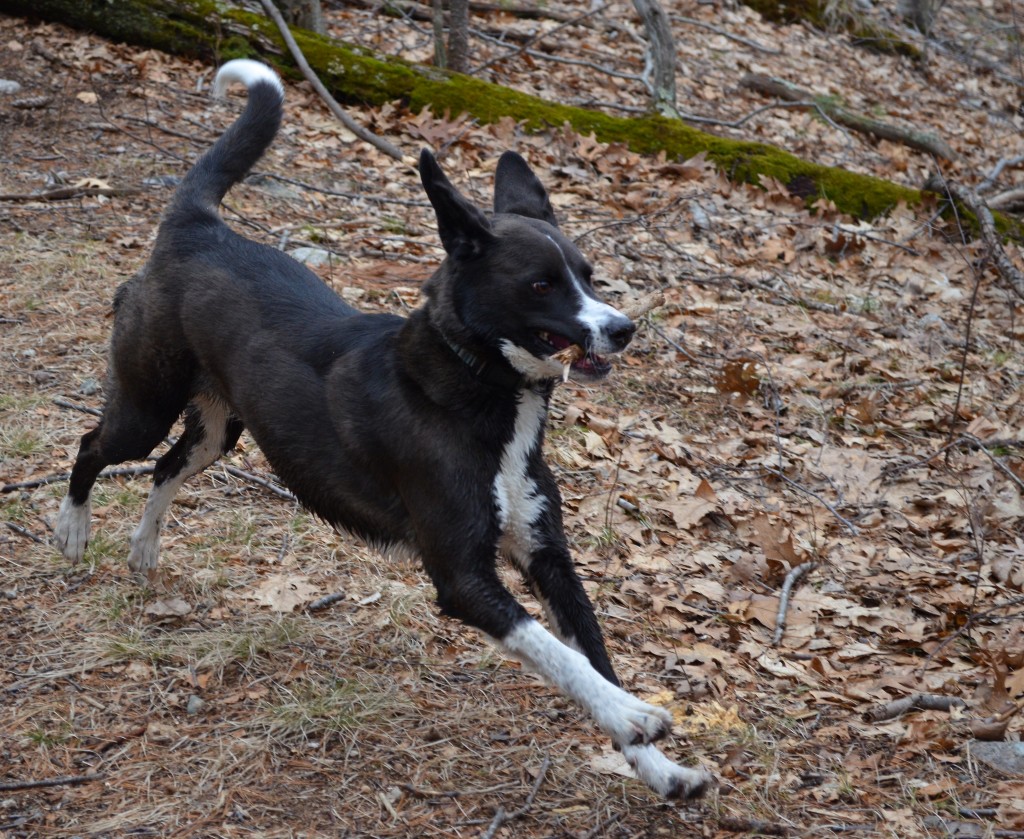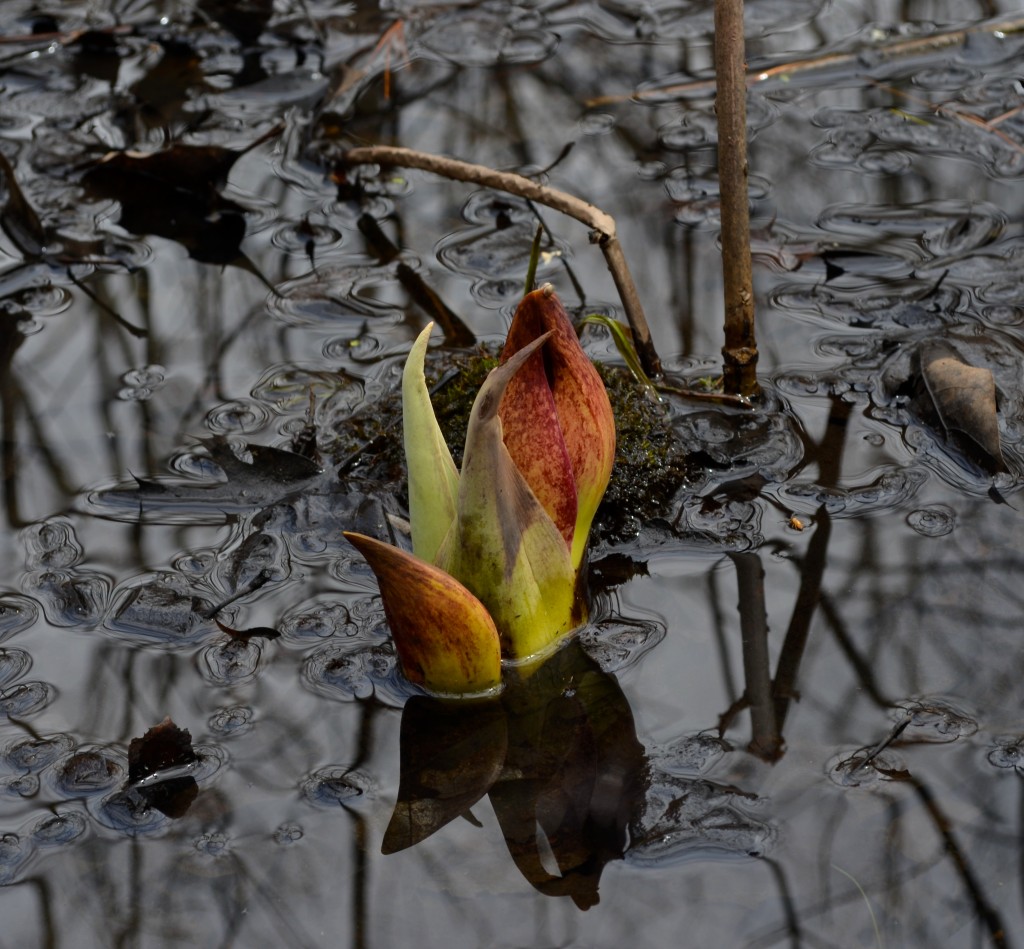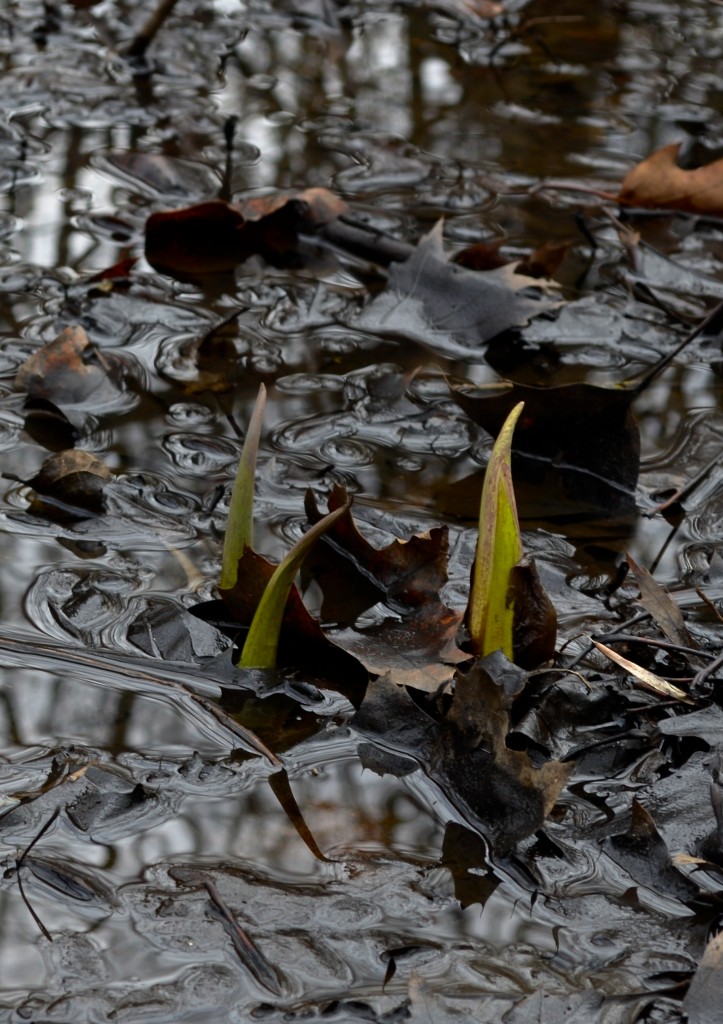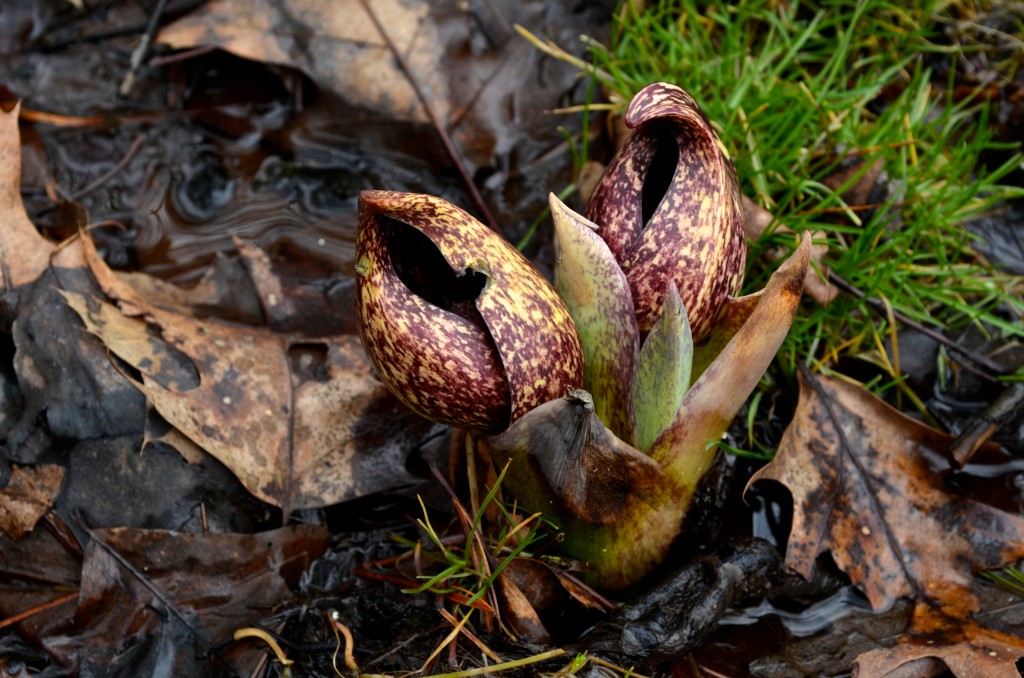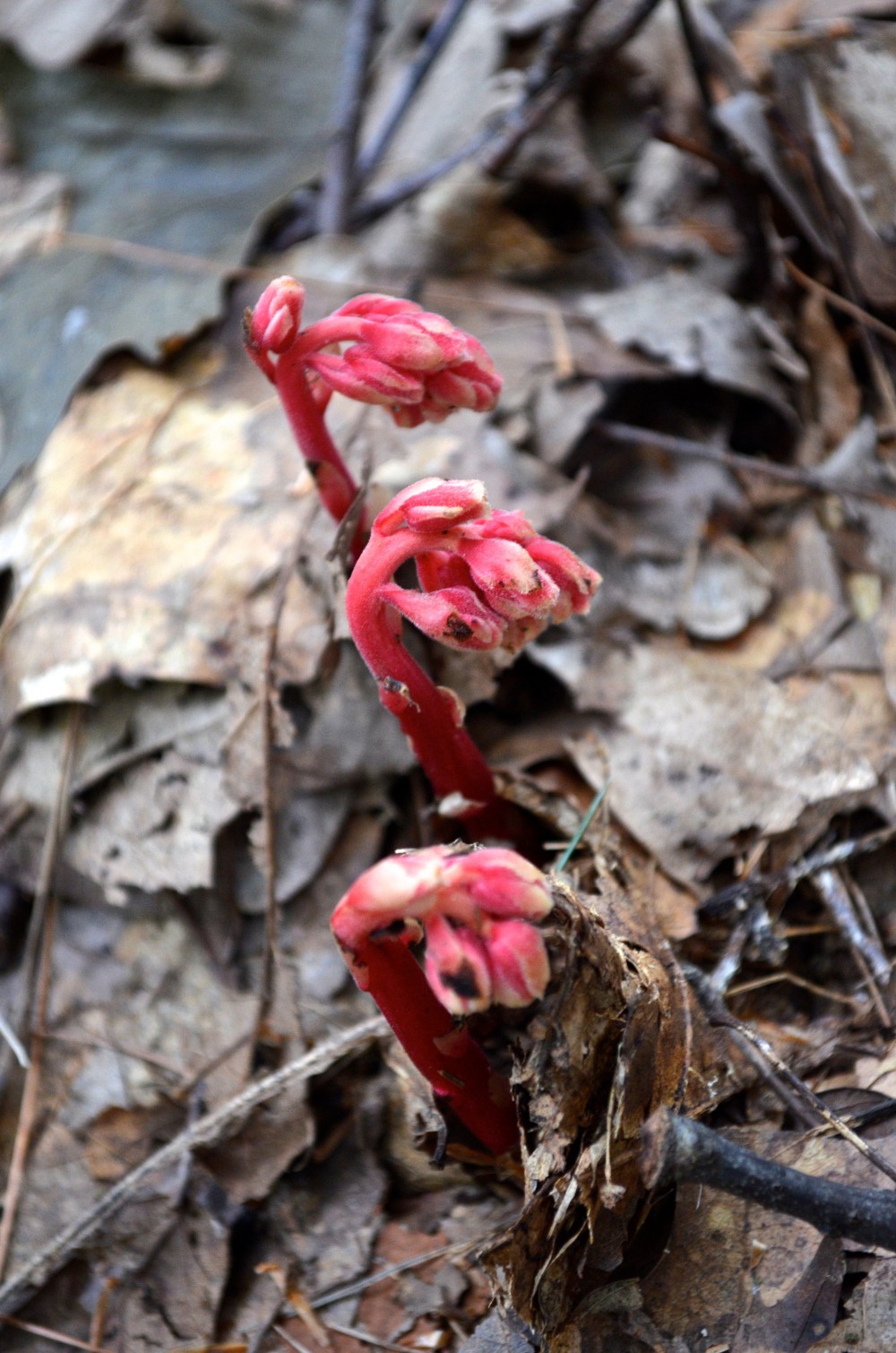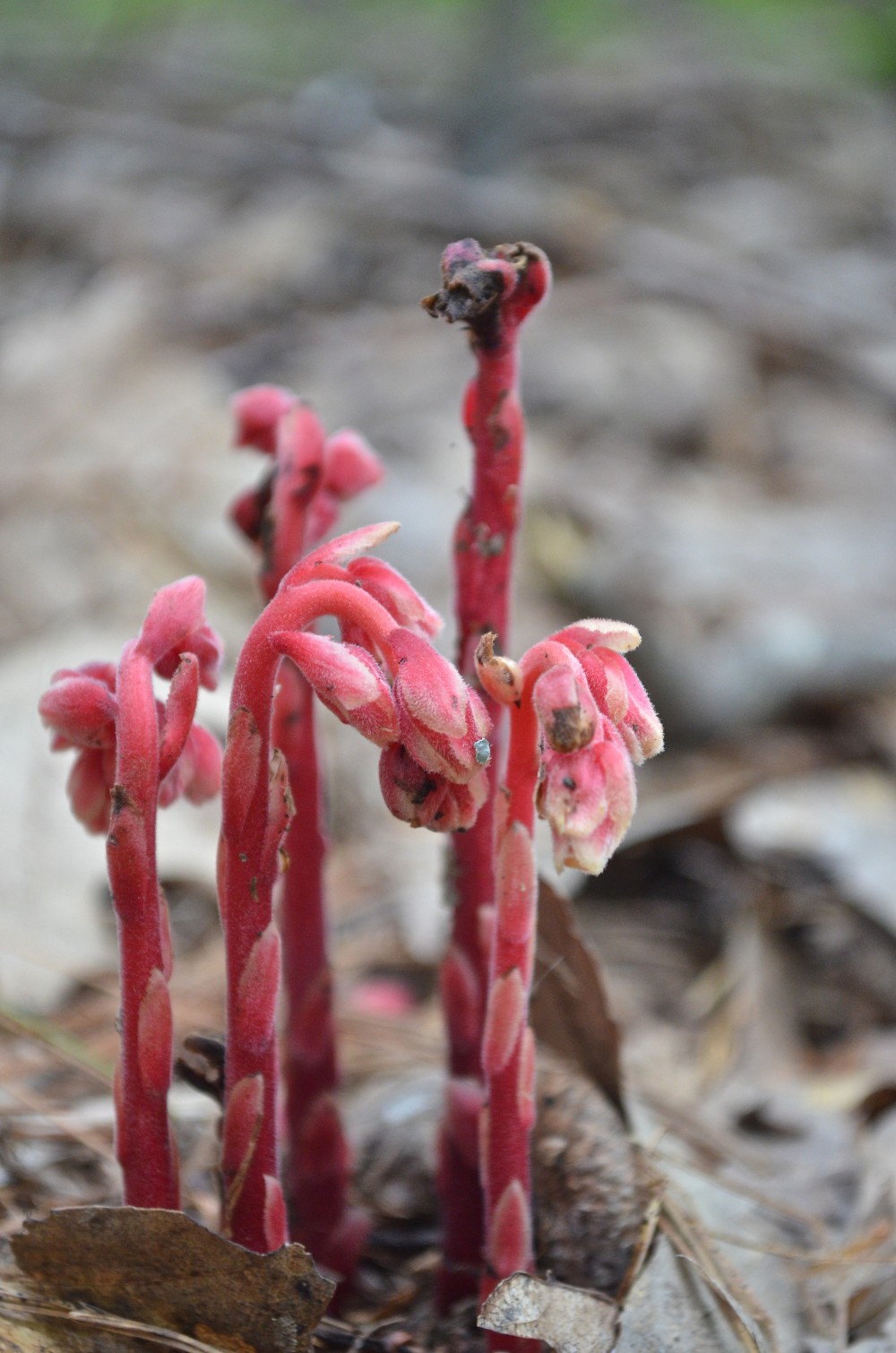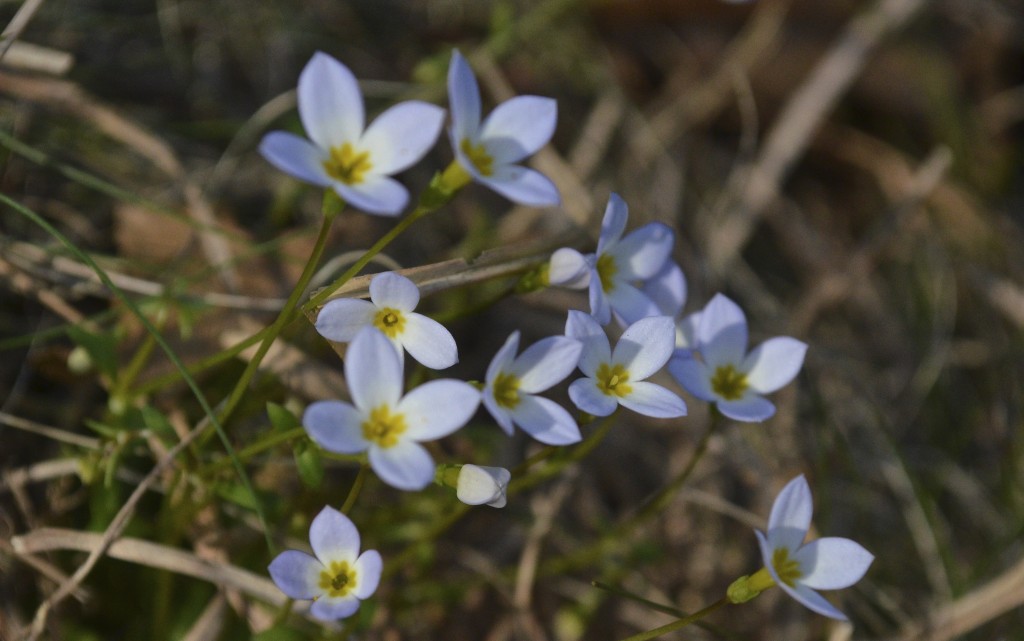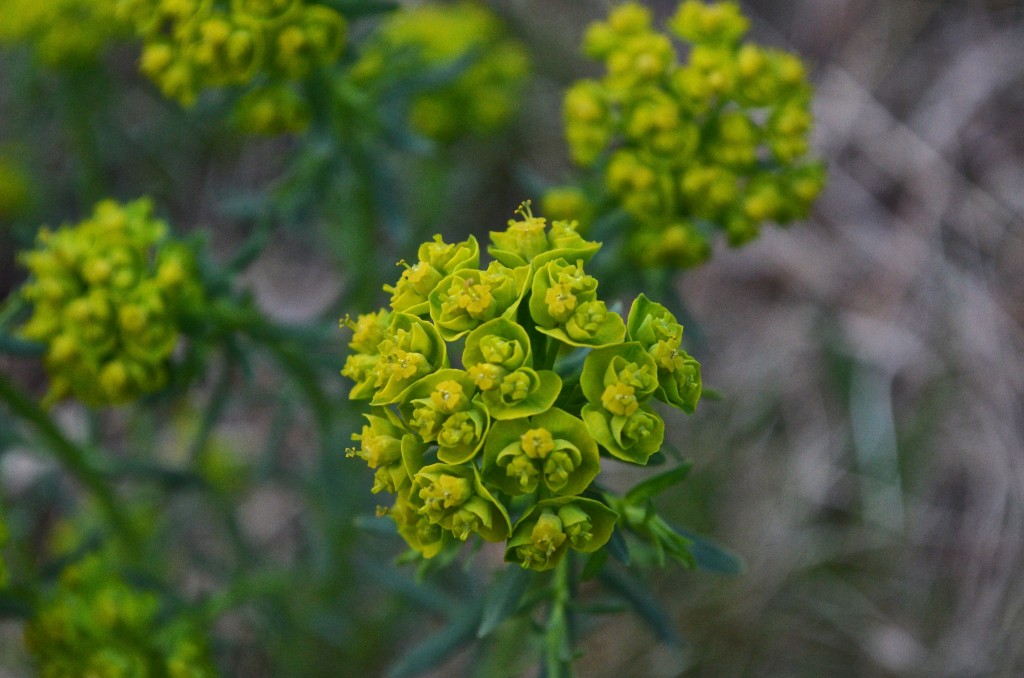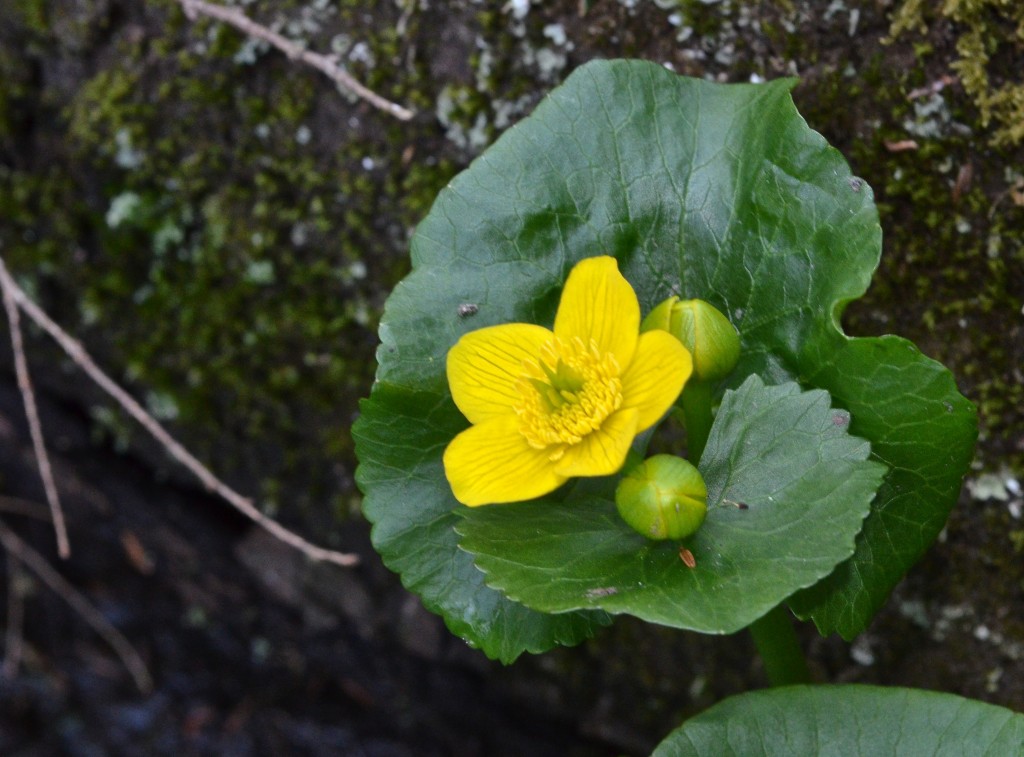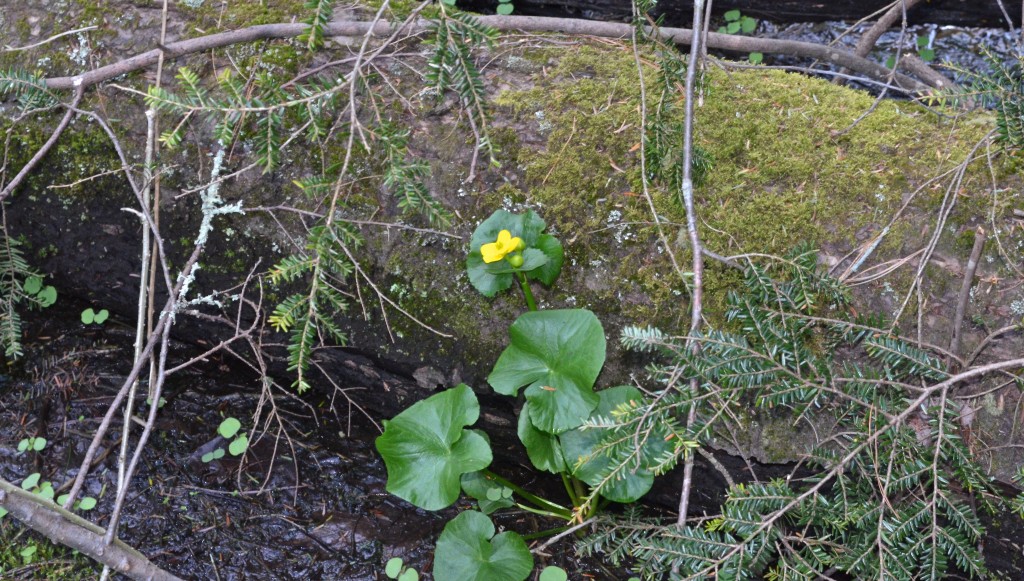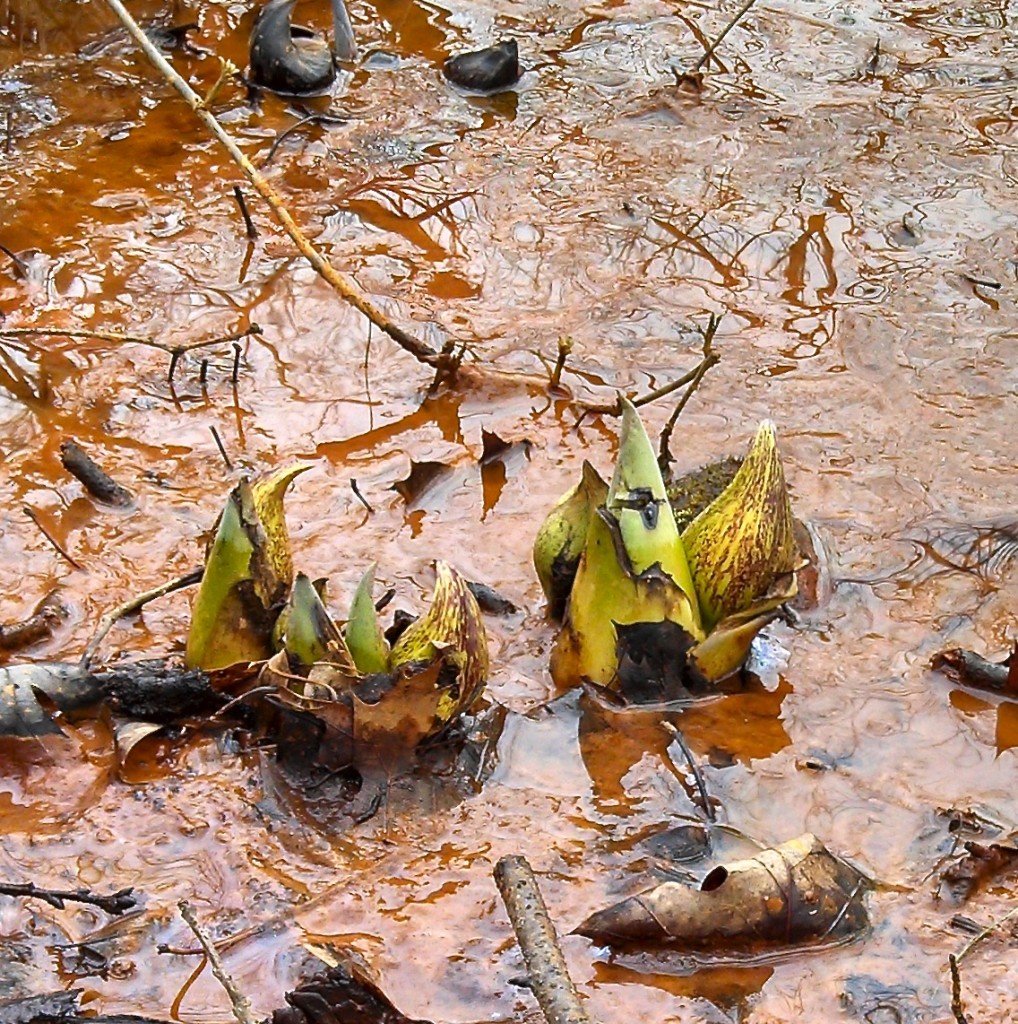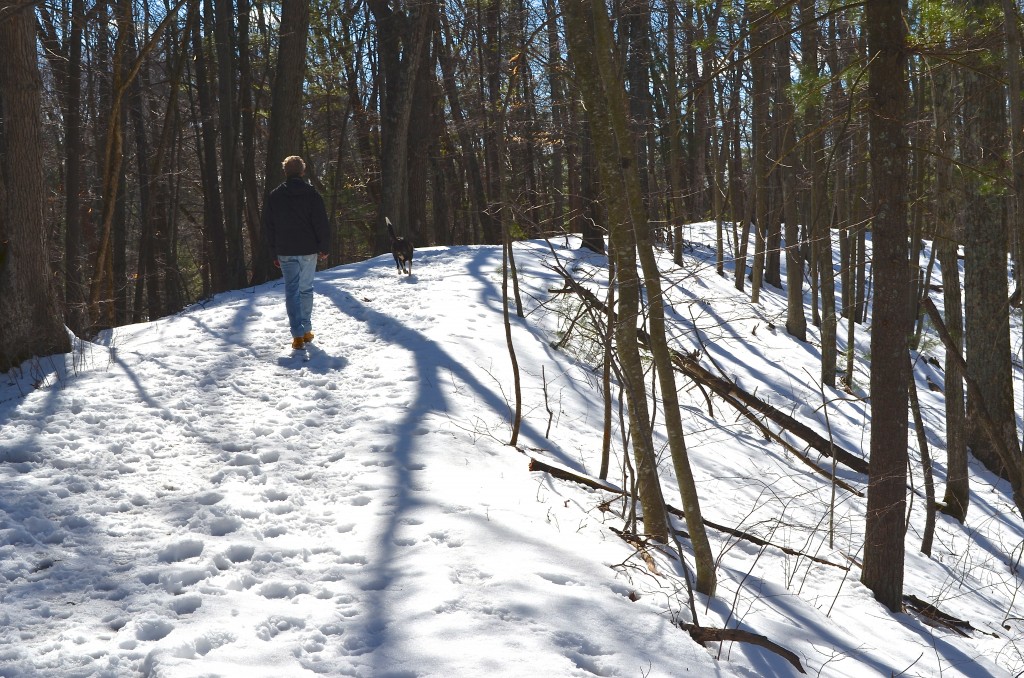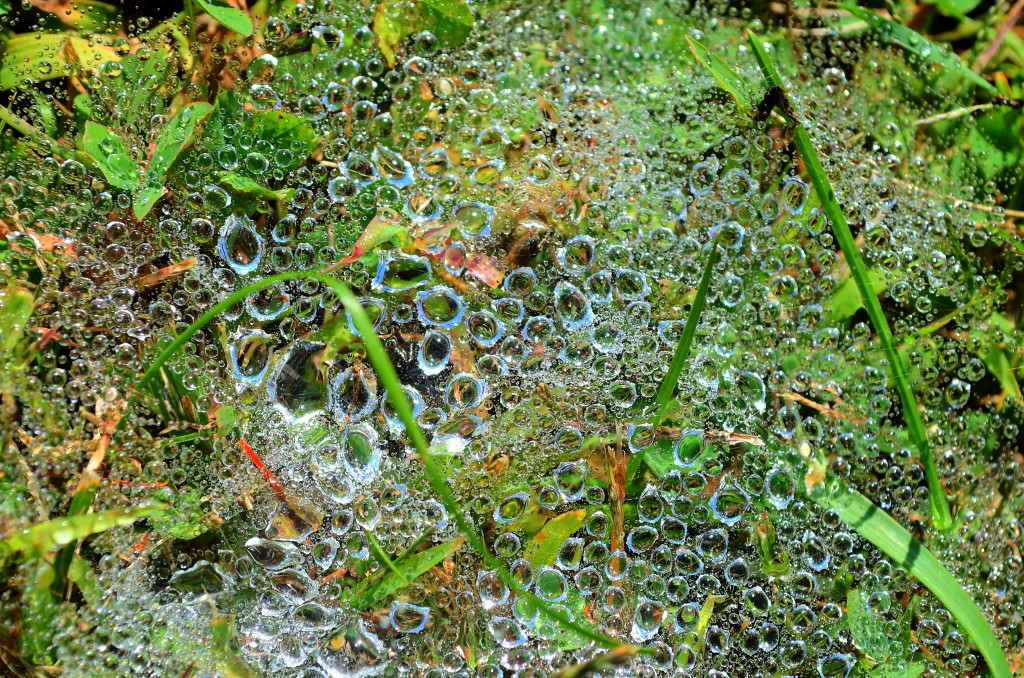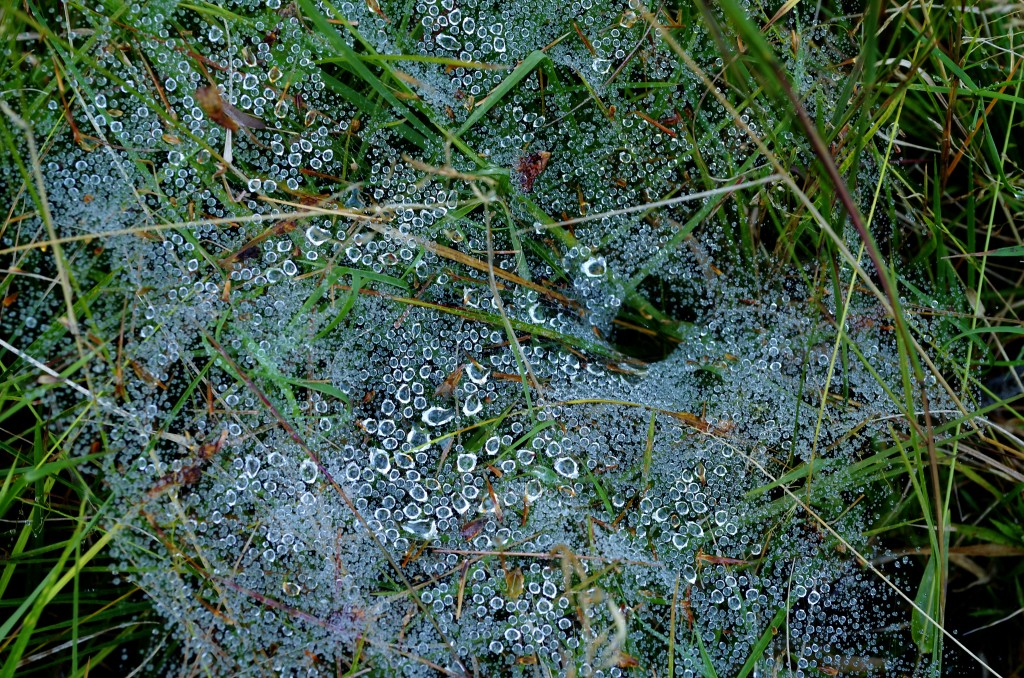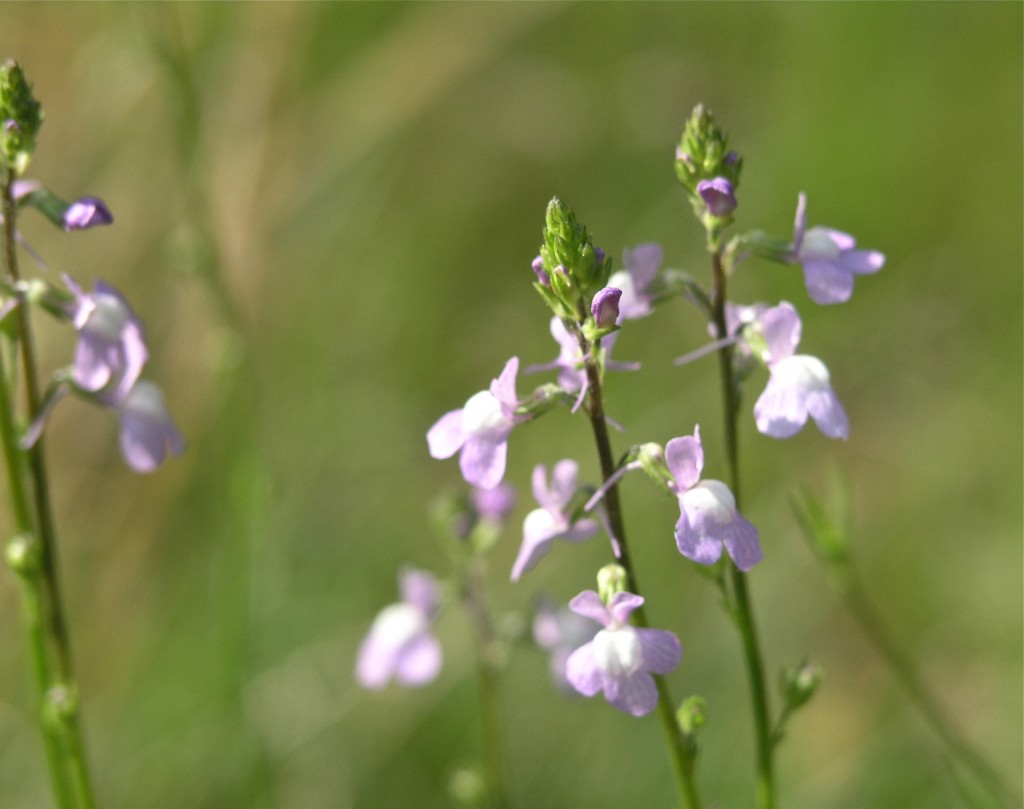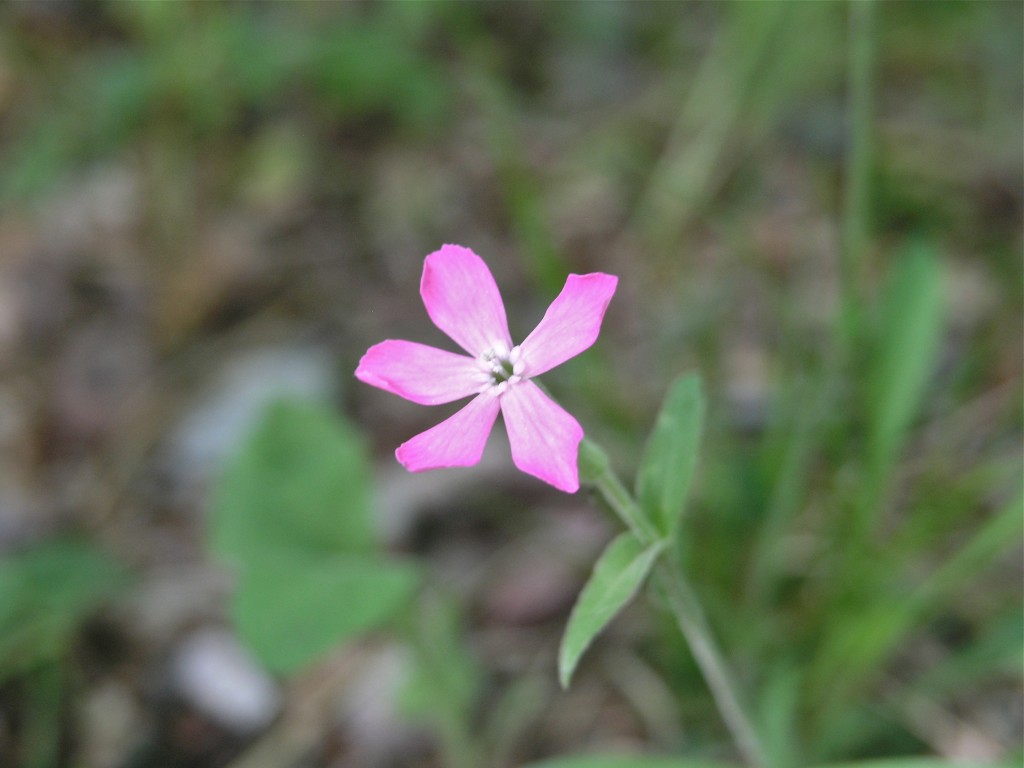The skunk cabbage has been up for weeks. It came up through the ice and snow—skunk cabbage flowers make their own heat, so that the temperature inside the sculptural spathe is considerably warmer than the surrounding air. You can see in these shots that some of the tips got frostbitten. Now that everything is melted, this marsh looks black and primordial, with green and wine-colored fingers reaching up through the muck. Native to eastern North America.
I first heard the peepers on April 5. It’s been a long winter—last year the peeper debut was March 28, the year before was March 12. This afternoon at Ridge Hill, they were dazzlingly loud. It was fantastic. The winter forest roaring back to life!
Eastern Skunk Cabbage, Polecat Weed, Swamp Cabbage (Symplocarpus foetidus)
Bonus picture: this is the kind of action that immediately follows sloshing around in the swamp. 